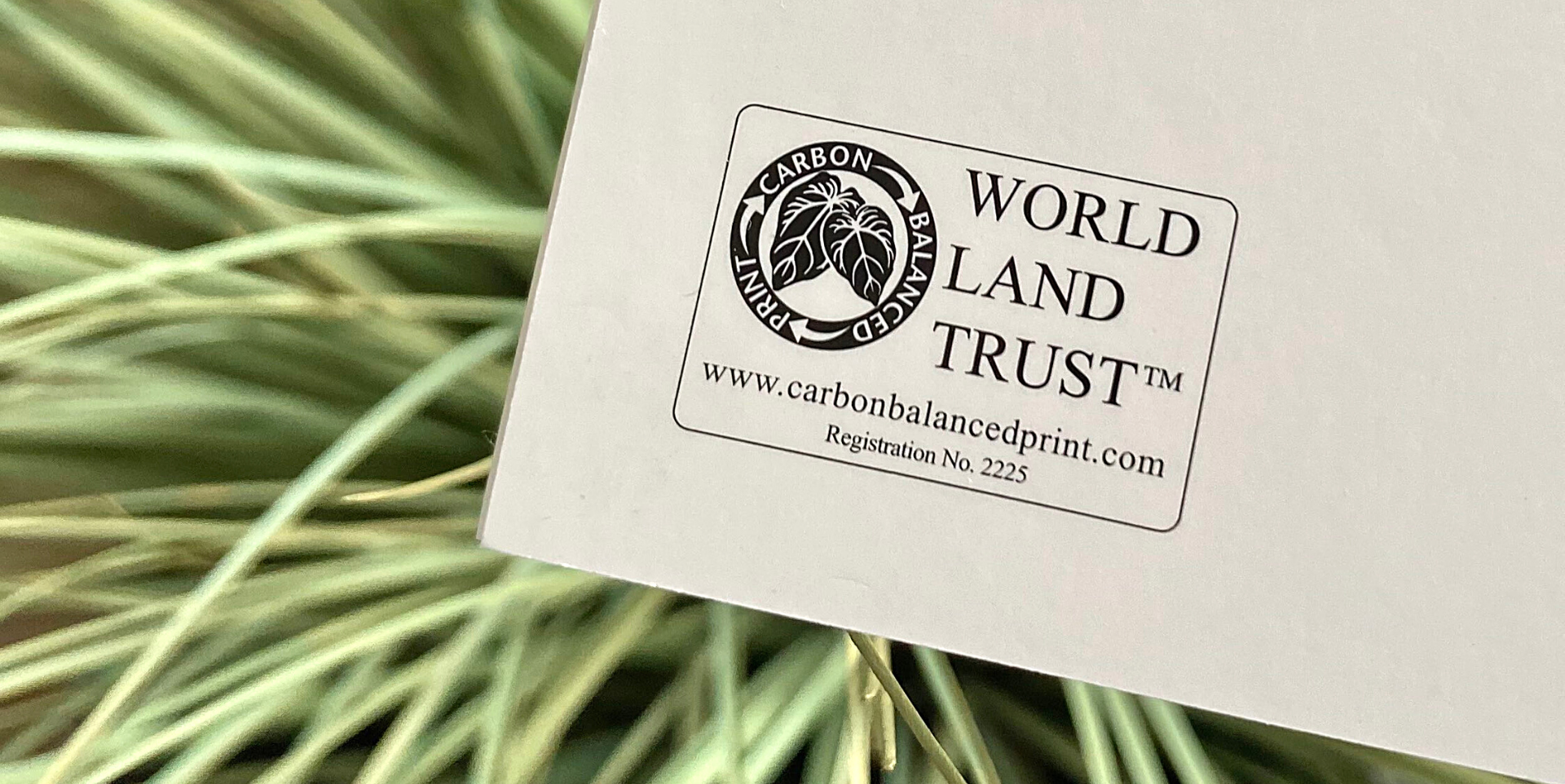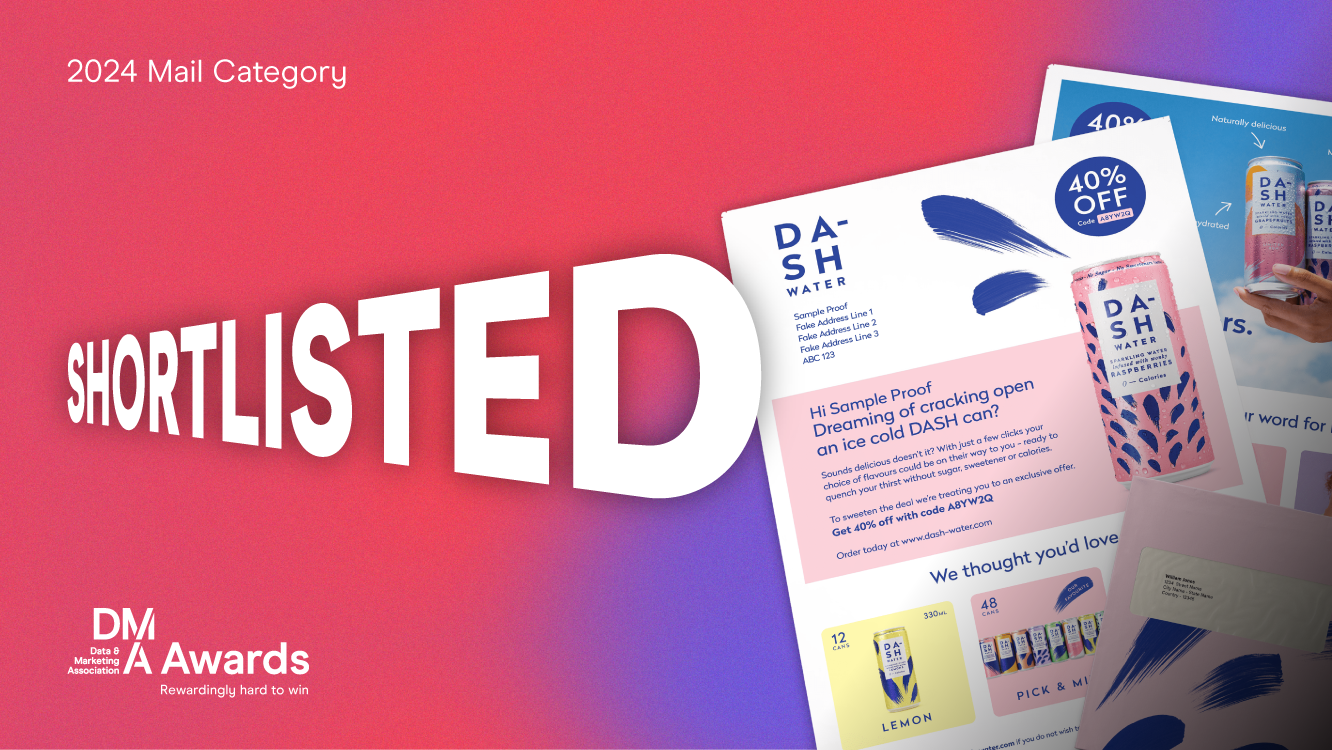The science of branding: part one
01 Feb 2018

Whilst the environment we live in has changed exponentially over the past century, our minds are still very much programmed to view.
Over the last two decades, scientists have begun to unlock the secrets of the brain, a discipline known as neuroscience. This has given marketers an excellent opportunity to understand what factors influence the decision-making process.
One of the key fundamentals of this new research is that the brain hasn’t evolved too much since the inception of the first ‘homo’ genes 2.4 million years ago. Homo Sapiens, that’s us, are part of this gene pool. Our instincts today are pretty much the same as the primal instincts of our hunter-gatherer ancestors - categorised as the 6S’s - survival, safety, security, sustenance, sex and status.
Our ancestors have lived for c.84,000 generations, but we are only seven generations away from the start of the industrial revolution and only two generations into the ‘digital age’. Our species lived for over 99% of our evolution as hunter-gatherers and our primal needs have been honed for thousands of years - long before products, brands and categories ever existed.
Emotions move people to buy
Remember brands are the same as people. The value assigned to a person is largely based on how that person makes you feel. It’s no different with a brand.
When you pick up a can of Coke at the local shop instead of a can of Pepsi, it’s not the difference in taste that makes your decision for you, it’s an emotional feeling within your mind that steers you towards the Coke. Where did this feeling come from, perhaps a boiling hot day as a child, in the days when fizzy drinks were a rare treat. The lawns were yellow, the summer was long, and you and your chums had just finished playing in your back garden. From the back door, mum appeared with freezing cold cans of Coke for you and your friends. You remember rubbing the can across your forehead and it’s cooling relief, the sound as you pulled the ring-pull, the smell of the release of the carbonated liquid as you pull the ring-pull off (yes, ring-pulls weren’t always attached to the cans). The sigh of enjoyment and sheer delight as you drank your first gulp of cold liquid that quenched your thirst like nothing before, the smile on your face as you move the can away from your lips.
That feel-good factor and the positive endorphins released at the time will have linked these positive emotions to the experience of drinking a Coke and, even though you don’t know it, it’s that feeling that is driving your behaviour - the unconscious mind has helped to make the conscious decision.
The process of decision-making behaviour is led by the heart and followed by the head.
Tales of the unexpected
Our brains are bombarded with so many messages, they’ve learnt to filter out the rubbish. They only pay attention when something defies our expectations with an unexpected outcome.
The human brain is fundamentally attracted to what is different; if it were not, we would never learn. While we make sense of things by comparing them to familiar patterns in our head, we are stopped dead in our tracks when we notice the unfamiliar. This is driven by our brain’s primal instinct to understand and learn.
One of the secrets of life is to inject it with new experiences. This is one of the key drivers of why ‘interruption’ works: it not only excites our senses but also teaches us to experience new things and redirect our behaviour, which just happens to be the ultimate goal of almost every marketing effort!
However, we must strike a balance between welcome and unwelcome interruptions (think banner blindness to the endless pop-ups, overlays and retargeting ads we’re all bombarded with every day). Attempting to force engagement through unwelcome intrusions will lead you on a road to nowhere, brands are supposed to be shortcuts to make life easier, not the other way around.
Like any good relationship, customers need to be slowly convinced and wooed over time and not just logically - you also need to connect with them emotionally.
How can I be different when I’m the same?
I’m an existing brand, I can’t see how I’m different to any of my competitors. I don’t have the benefit of years of heritage and marketing spend that leads to long-term emotional engagement and recollection of my brand, so what do I do?
Now that’s the real magic, eking out an angle in a generic marketplace. If there really is no easily identifiable unique benefit, then making yourself distinct may come from how the brand presents itself: a unique set of visual assets that visually, tonally and typographically ‘disrupt’ the expected norm for your business genre. Packaging that wraps the expected with the unexpected.
Remember ‘our brains are fundamentally attracted to what is different’.
By Mark John, Creative Director at Accord.





Please login to comment.
Comments